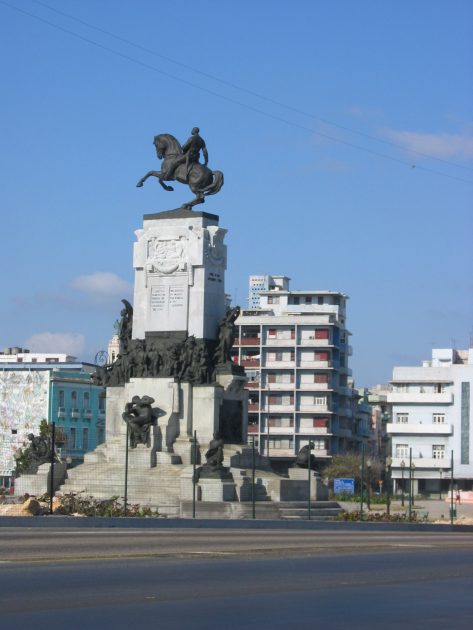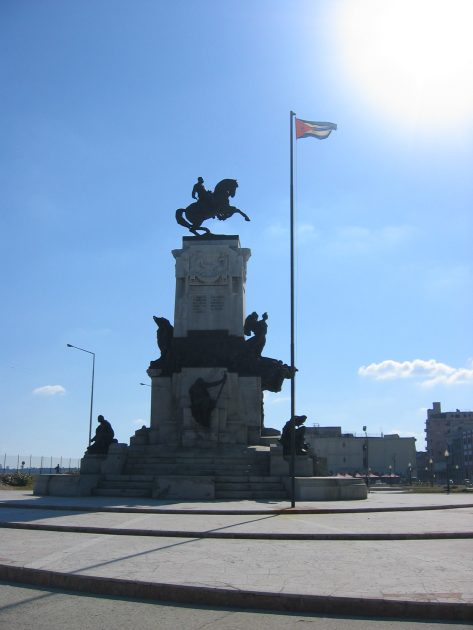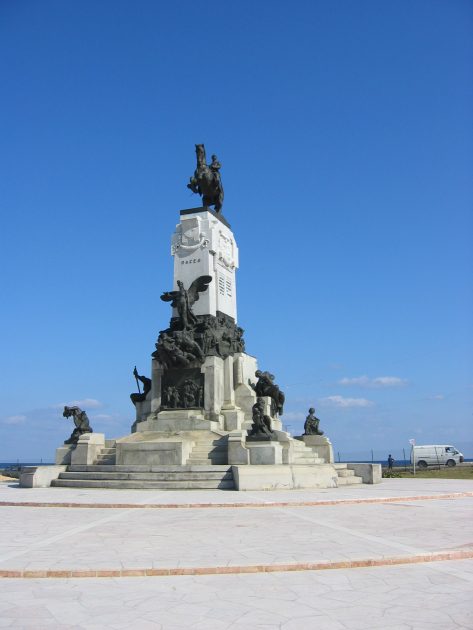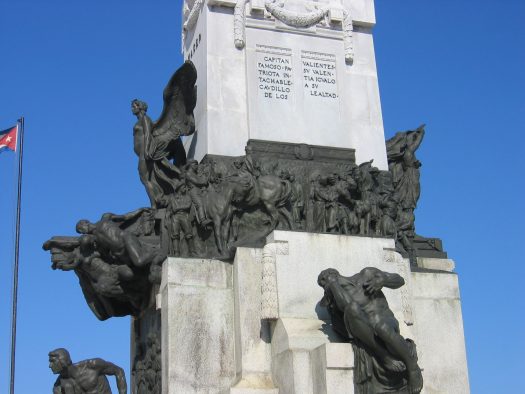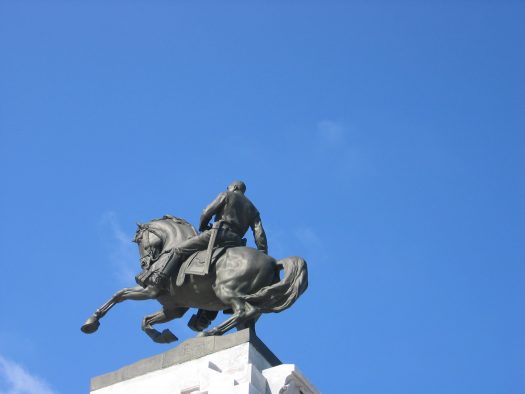- CountryCuba
- Town:Havana
-
Year of creation:1916
- Rider(s):Maceo, Antonio
(1845–1896) was one of the most noteworthy guerrilla leaders in nineteenth-century Latin America. He joined the Ten Years’ War right from its beginning in 1868. Because of his bravery and ability to outmanoeuvre the Spanish Army, Antonio was swiftly promoted. Nevertheless, his humble origins and the colour of his skin delayed his rise to the rank of major general, due to the racist and class exclusiveness tendencies of patriots of an aristocratic or bourgeois origin. Referring to his skin colour, men under Maceo’s command began to name him ‘The Bronze Titan’, also because of his exceptional physical strength and resistance to bullet or blade injuries. He recovered from more than 25 war injuries over the course of some 500 military battles.
Maceo admired Máximo Gómez and rapidly accepted his strategy of using the machete as a war weapon, as a substitute for the Spanish sword. Maceo opposed the signing of the Pact of Zanjón, which ended the Ten Years’ War, arguing that no peace could be achieved if the objectives of the war had not been accomplished; the abolition of slavery and Cuban independence. In 1896, only accompanied by a small troop of no more than twenty, he met a strong Spanish column, which opened up intense fire hitting Maceo. His companions could not carry him away. The only rebel who stayed with him was Lieutenant Francisco Gómez, son of Máximo Gómez, who faced the Spanish column for the sole purpose of protecting the body of his general. After being shot several times, the Spaniards killed Gómez with machete strikes, leaving both bodies abandoned, not knowing the identity of the fallen. - Sculptor(s):Boni, Domenico
(1886 – 1917) was an Italian sculptor
